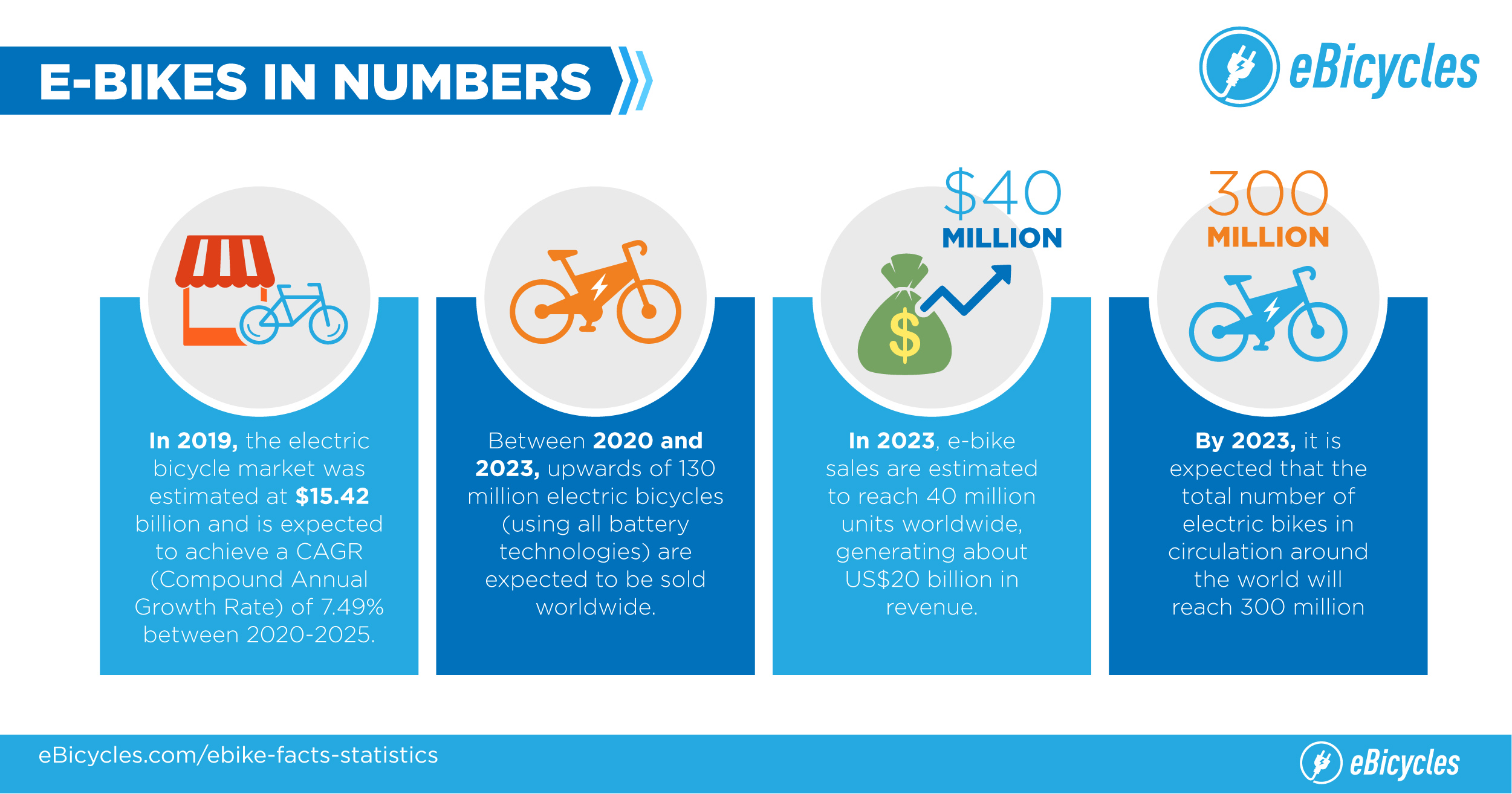An Initial Overview Of E-Bike Regulations And Guidelines In Your City

Writer-Riis Willumsen
Prior to you hop on your e-bike and hit the streets, it's critical to comprehend the legislations and regulations that regulate your city. From rate limits to assigned riding locations, there's a lot to take into consideration to ensure you're certified and secure. By acquainting yourself with the guidelines particular to e-bikes, you'll be better outfitted to enjoy your trips with no unexpected legal problems. Stay tuned to uncover crucial insights that will assist you browse the e-bike landscape in your city seamlessly.
Recognizing E-Bike Category
When it concerns navigating the realm of e-bike legislations and guidelines, a critical starting factor is recognizing the category system that classifies these electric bicycles. E-bikes are typically categorized into 3 primary classifications: Class 1, Course 2, and Course 3.
Course 1 e-bikes are pedal-assist only, implying they offer assistance while the motorcyclist is pedaling and have a maximum speed of 20 mph. These bikes are admitted areas where conventional bikes are allowed.
Class 2 e-bikes are outfitted with a throttle that can thrust the bike without pedaling. They also have a maximum speed of 20 miles per hour and appropriate for bikers who might require aid without pedaling continuously.
Course 3 e-bikes are similar to Class 1 yet with a higher maximum speed of 28 mph. These bikes are typically restricted from specific bike paths or tracks due to their higher speeds.
Recognizing these categories is crucial for following local guidelines and making sure a risk-free and satisfying e-biking experience.
Navigating Rate Limits and Limitations
To efficiently browse e-bike laws and guidelines, it's important to comprehend the rate limitations and restrictions that put on different classes of electric bikes.
Rate limits for e-bikes differ depending on the category of the bike. Course 1 e-bikes, which are pedal-assist only and have a maximum speed of 20 miles per hour, are usually permitted on bike lanes and paths.
Class 2 e-bikes, which have a throttle in addition to pedal-assist and also get to rates of up to 20 miles per hour, might be limited in specific areas where motorized vehicles aren't allowed.
Course 3 e-bikes, with pedal-assist approximately 28 miles per hour, are typically required to adhere to the same rules as standard bikes.
It's important to follow these speed restrictions and limitations to ensure your safety and security and the safety and security of others on the road. Before riding click for more info -bike, familiarize on your own with the specific policies in your city to avoid any prospective fines or lawful concerns.
Where to Trip Your E-Bike
To establish where you can ride your e-bike, it's important to recognize the policies and guidelines specific to your place. In the majority of areas, e-bikes are usually enabled on roads and roads where typical bicycles are allowed. This might include bike lanes, bike courses, and shared roadways. However, it's important to examine regional laws as some cities might have details limitations on where e-bikes can be ridden.
When riding your e-bike, always focus on safety by adhering to traffic policies and respecting pedestrian walkways. Additionally, bear in mind any kind of designated bike lanes or courses in your location and use them whenever feasible to guarantee a smoother and safer ride.
Some cities likewise have guidelines regarding e-bike use on walkways, so ensure to familiarize on your own with these guidelines to stay clear of any kind of fines or fines.
visit the next web site that you know with the laws and guidelines bordering e-bikes in your city, you can confidently hit the trail knowing where you can ride and what constraints put on your e-bike classification. Bear in mind to always prioritize safety and security and comply with the rules to guarantee a smooth and legal trip. Satisfied riding!

